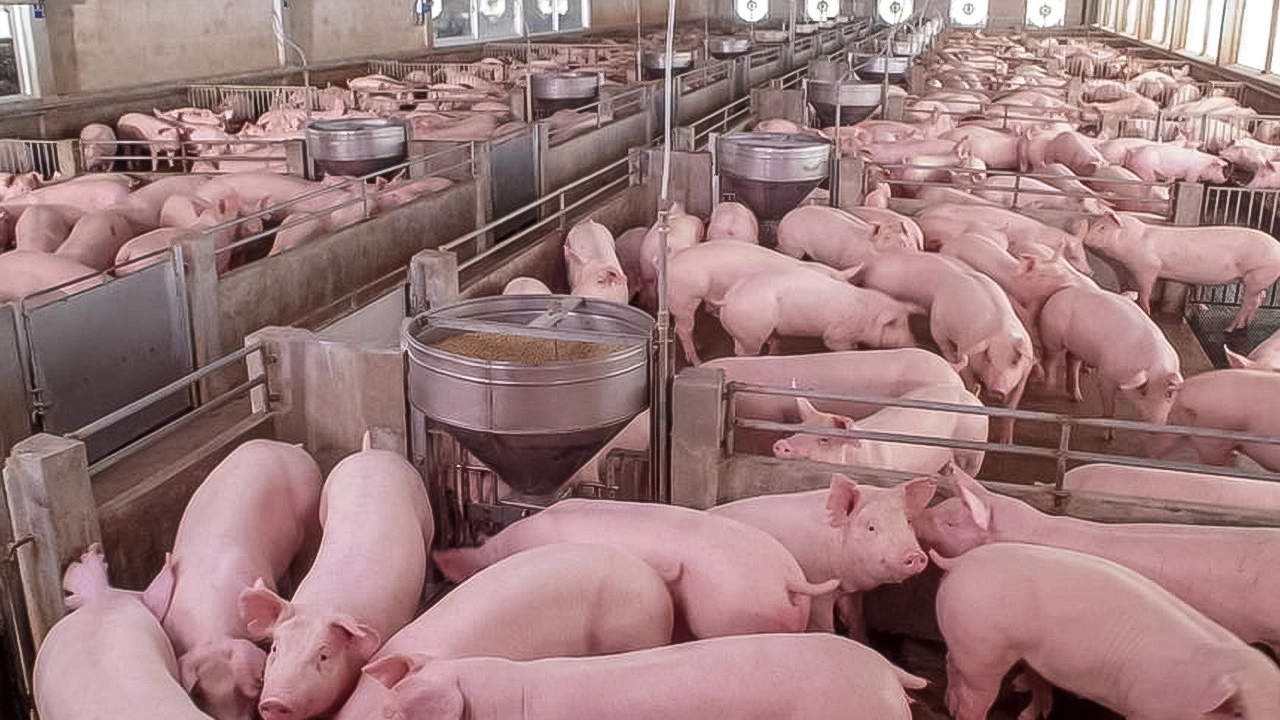
Mr. Chanthanon Wannakhajorn, Secretary-General of the Office of Agricultural Economics (Agricultural Economics Office), revealed the agricultural economic situation in the first quarter of 2024 (January-March 2024) found that it shrank 4.1 percent due to the impact of the El Niño phenomenon. that has occurred since 2023. As for the outlook for the agricultural economy in 2024, it is expected that it will expand in the range of 100%. 0.7-1.7 “Although the overall agricultural economic situation in the first quarter shrank, the prices of most important agricultural products have clearly increased.” Secretary-General of the Office of the Office of the Vocational Education Commission revealed that the price of rice has increased. Because both domestic and international markets continue to have a continuous demand for cassava, the price has increased. Due to the continued demand of the animal feed production industry and the domestic energy industry, factory sugarcane prices have increased. This is due to increased demand in the domestic sugar industry. In addition, the price of sugar in the world market has increased. Batavia Pineapple Price increases due to demand from processing plants continue. As for livestock and fishery products that had an average price increase in the first quarter, such as chicken eggs, the price increased. This is due to increased production costs. Including implementing measures to stabilize the price of chicken eggs in the country, raw milk prices have increased. Due to the increase in the average price for purchasing raw milk to be in line with the increased production costs and catfish because consumers are Want to increase consumption As for the agricultural economic situation in the first quarter of 2024, details of products in each branch, the plant branch contracted by 6.4 percent. Plant product groups with decreased output include first-season rice, second-season rice, cassava, sugar cane, rubber, oil palm, longan, durian, mangosteen, and rambutan. The cause is mainly drought from the El Niño phenomenon in the livestock sector. Expanded by 1.5 percent. Products with increased output included pigs. Productivity increased. Due to the rehabilitation of pig farms after the outbreak of ASF, broiler production increased slightly due to production expansion to support increased domestic consumption demand following the tourism sector that continued to expand. Livestock products with decreased production included chicken eggs. Due to the reduction of hens standing in cages in accordance with the Egg Board’s egg price stabilization measures, raw milk production decreased due to higher animal feed costs. This caused some dairy farmers to stop raising or reduce the number of cattle in their herds. The fisheries sector expanded by 0.5 percent, with products that had increased production, including white vannamei shrimp. Productivity was due to farmers having better farm management. Aquatic animals brought to the pier tends to increase As for fishery products whose output decreased, they were tilapia and catfish. This is because it is affected by the cost of animal feed that is still high. Including the drought, there was little water in the agricultural service branch, shrinking by 3.6 percent due to the El Niño phenomenon. causing many areas to have insufficient water Some farmers thus leave their cultivation areas vacant. As a result, activities for hiring services for preparing soil and harvesting important crops have decreased in the forestry branch. Expanded by 1.8 percent, with rubber wood production still in demand in the Chinese market for use in furniture production. for charcoal production Increased in line with the expansion of service and tourism businesses within the country. Meanwhile, the production of eucalyptus, lacquer, and bird’s nest tends to decrease. Click to read more “Agricultural News”






